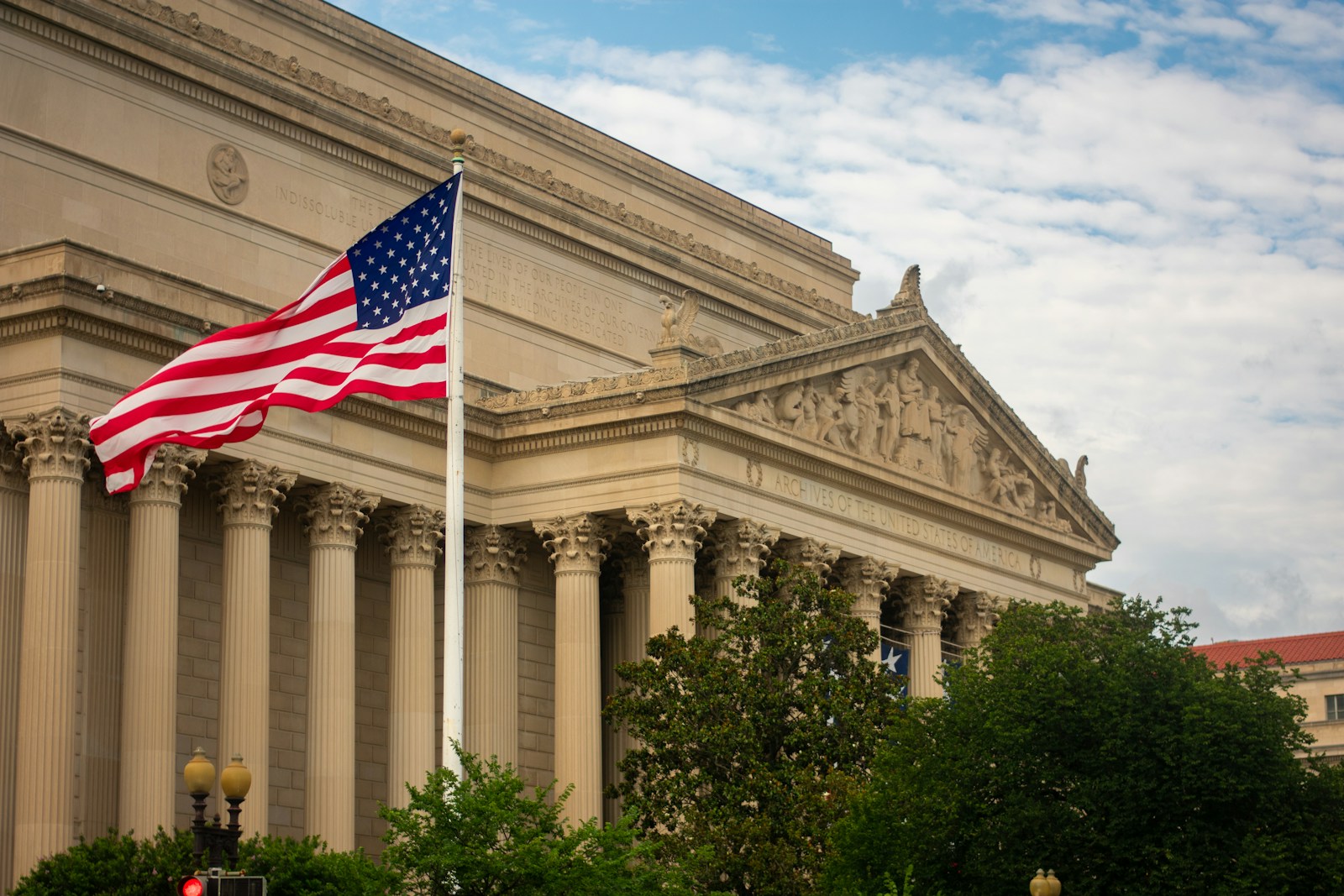Key Takeaways
– The Supreme Court asked if majority minority districts violate the Constitution
– This question could weaken or end the Voting Rights Act
– Louisiana v Callais is the case in focus
– The case could change how states draw voting maps
Introduction
The Supreme Court has taken a step that some say could spell the end of the Voting Rights Act. This law has protected minority voters for decades. Now a case from Louisiana could change everything. Let us explain what is happening and why it matters.
What Is the Voting Rights Act
The Voting Rights Act came into law in nineteen sixty five. It banned unfair barriers to voting. It also required certain states to get federal approval before changing election rules. This act helped Black and other minority voters gain fair representation.
Why Louisiana Matters
Louisiana has a large Black population. About one third of its residents are Black. Despite that, many districts fail to give minority voters a real voice. To fix this, the state drew two majority minority districts after the twenty twenty census. This meant two districts where most voters are Black.
The Case: Louisiana v Callais
In this case, the Supreme Court will decide if these districts follow the Constitution. Some argue that drawing districts to help minorities goes too far. They say it treats voters differently by race. Meanwhile, supporters of the Voting Rights Act say these districts just level the playing field.
What the Court Did
Last Friday, late at night, the Court issued a short order. It posed a question that surprised many experts. It asked if creating a majority minority district is unconstitutional. In other words, the Court wants to know if race can be used to set district lines at all.
Why This Could End the Voting Rights Act
If the Court rules that these districts are unconstitutional it could have huge effects. First, it could remove a key tool used to protect minority voting power. Second, it could encourage more legal challenges to similar districts in other states. Finally, it might signal that the Court is ready to dismantle more parts of the Voting Rights Act.
Effects on Other States
Many states have used majority minority districts to help minority voters. For example California and Texas both faced legal fights over their maps. If Louisiana v Callais bans majority minority districts, those maps could also face challenges. This would affect millions of voters across the country.
Voices for Fair Maps
Voting rights groups have long pushed for district maps that reflect community makeup. They argue that minority voters must have a fair chance to elect their preferred representatives. They also point out that without these districts, minority communities might end up with no real voice.
Voices Against Race Based Maps
On the other side, some argue that using race to draw districts divides us more. They say that all voters should be treated the same. They claim that focusing on race can violate the equal protection clause of the Constitution. These voices have gained support in recent years on the Supreme Court.
Chief Justice John Roberts and Gerrymandering
Many point to Chief Justice Roberts as a key figure in this shift. His court has limited federal oversight of state maps. In recent years, the Court has sided with states in gerrymandering disputes. Critics say this has opened the door to more partisan and racial map drawing.
What Could Happen Next
The Court will hear oral arguments in October. Lawyers on both sides will make their cases. Then the justices will issue a final ruling months later. If they rule against Louisiana the decision could apply to all states with race based districts. That could undo decades of voting rights progress.
Possible Outcomes
If the Court strikes down the districts it might say that race cannot be a factor at all. This would bar states from drawing districts to help minorities. Alternatively, the Court could offer a narrower rule. It might allow some use of race but set strict limits. Finally, the Court could dismiss the challenge and let the districts stand.
Why This Matters to You
Even if you do not live in Louisiana you should care. Voting rights and how maps get drawn affect every election. These rules shape which communities get to pick their own leaders. They also affect the balance of power in Congress and state legislatures.
Looking Ahead
After the Court rules we will see new battles in courts and statehouses. States might try new ways to draw maps. Voting rights groups will push back hard. Meanwhile lawmakers may consider new federal laws. They could try to protect minority voting power once more.
What You Can Do
First, stay informed about how district maps affect your vote. Second, contact your elected leaders and tell them you care about fair maps. Third, support organizations that work on voting rights. Finally, vote in every election. Your vote matters more when rules try to limit voices.
Conclusion
The Supreme Court’s move in the Louisiana case could shake the foundations of the Voting Rights Act. With one question the Court may change how states draw districts for years to come. As we wait for the justices to decide, the fight over voting rights will only get louder. This case matters not just for Louisiana but for every voter in America.

